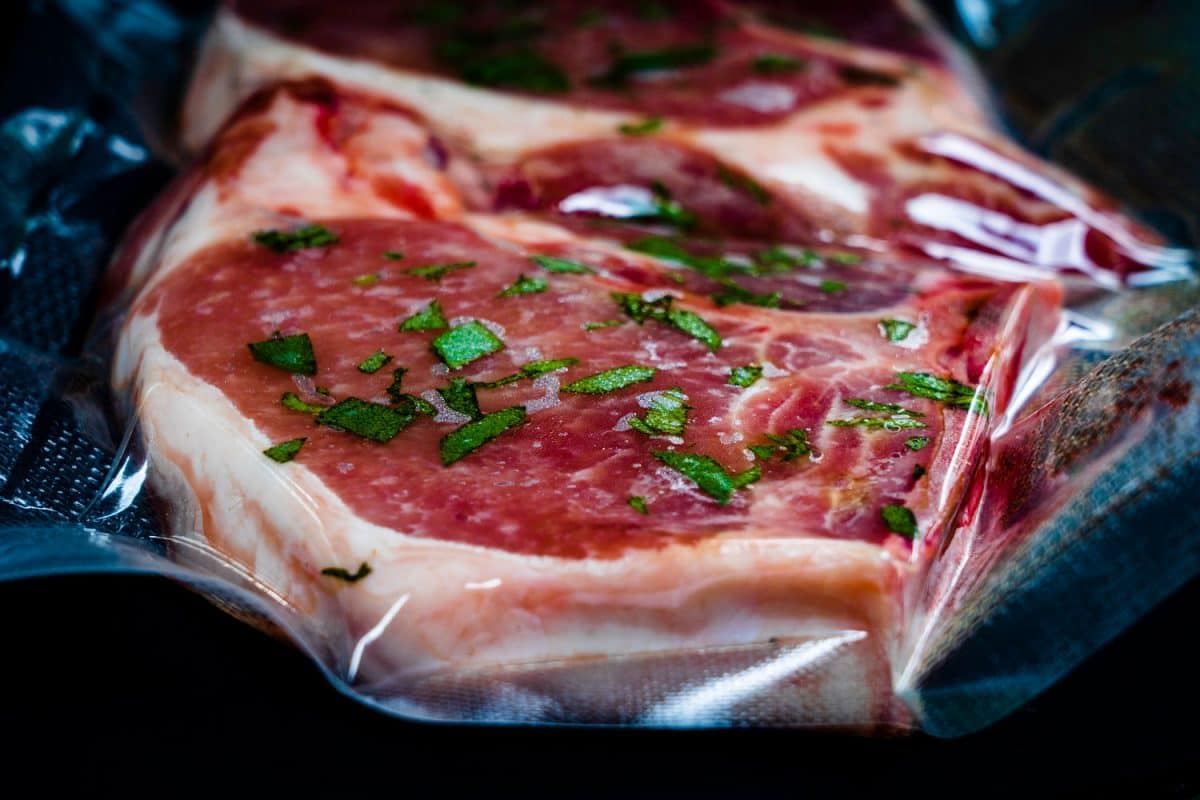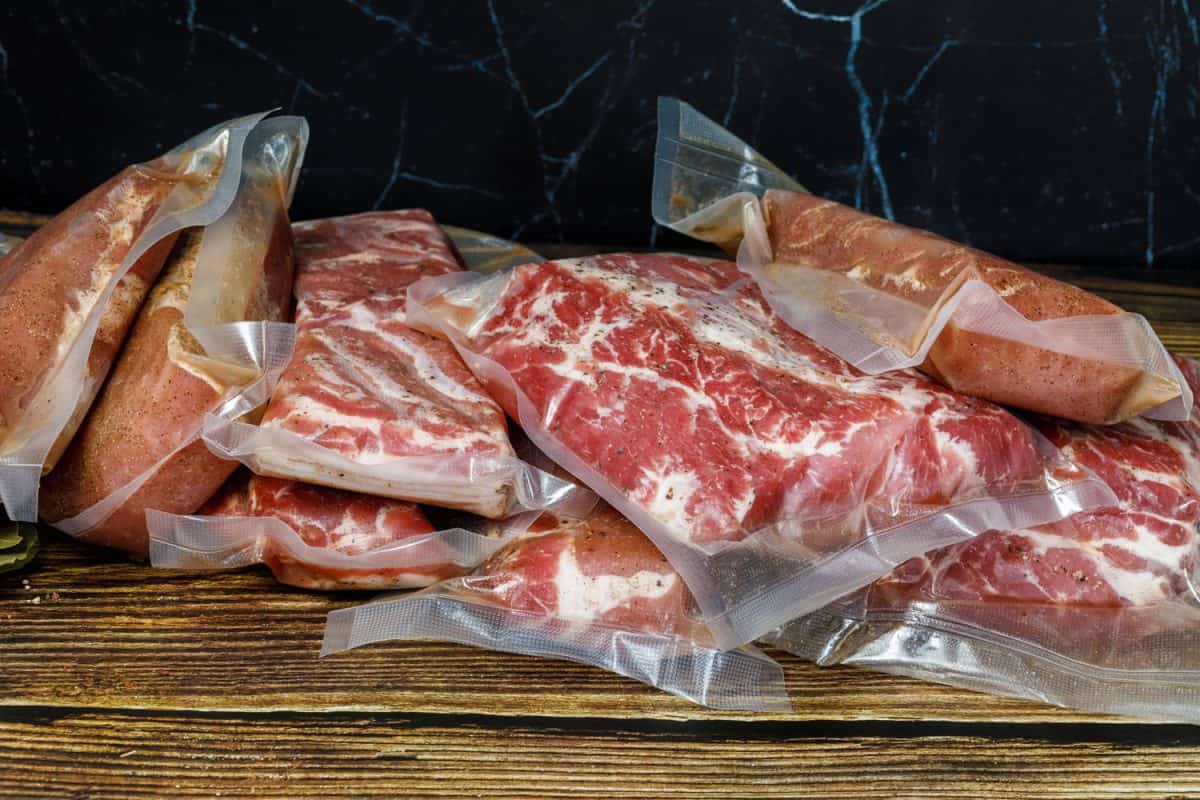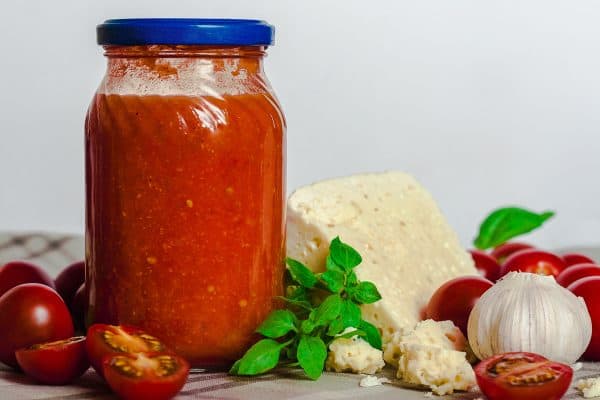You might wonder if you could freeze and store up your delicious food after sous vide. Worry not, because we have already scoured all the information and guides for your convenience and compile all of those here in this article.
Like most methods of cooking, it is safe to freeze food after sous vide. With proper cooking and safe food preparation, it could last for almost a week or so, depending on the type of food and where it is stored—sealed in tight vacuum-sealed bags, all of its nutrients and goodness are safely stored.
As mentioned earlier, we have gathered all the necessary guidelines and information regarding safe food preparations after Sous vide, so don't miss out and read the complete procedures below.
NOTE: WE MAY GET A COMMISSION IF YOU DECIDE TO MAKE A PURCHASE THROUGH THESE LINKS. THERE'S ADDITIONAL NO COST TO YOU. CHECK THE BOTTOM OF THE PAGE FOR MORE INFORMATION.

What Is Sous Vide?
Sous vide is derived from a French word meaning "under vacuum.” It is a cooking technique that originates in France and was adopted by a French chef named Georges Pralus.
Sous vide is achieved by vacuum-sealing food inside a plastic bag that is specifically meant for food storage and then soaking it under a container filled with water that is precisely heated and controlled to achieve a consistent and flavorful high-quality dish that most high-end restaurants have been using to ensure a precise level of doneness.
How To Freeze Food After Sous Vide
It is totally fine to freeze food after sous vide because sous vide is also used in the food industry to extend the shelf life of cooked foods. Following pasteurization, the food must be immediately chilled in its vacuum-sealed bag and refrigerated or freeze until needed. Take note of these few steps on ensuring the correct way of freezing food after sous vide.
Ice bath
Before storing your food inside the freezer after cooking, let it rest in an ice bath consisting of a large bowl filled with 1/2 water and 1/2 ice. Ice bathing your food will ensure rapid cooling and minimizes the amount of time your food is in the danger zone, i.e., the temperature range between 40 °F (4.4 ºC) and 140 °F (60 ºC) where bacteria can proliferate. Know that the length of time in which you will leave it soaked in an ice bath depends on the thickness of the food.
pat it dry
After soaking in the ice bath and once the food is successfully chilled, remove the bag and pat it dry. Once finished, you can now place the sous vide food in the freezer.
What is the benefit of sous vide cooking?

Sous vide ensures consistent and precise cooking thanks to its unusual method of soaking vacuum-sealed food in a heat-controlled water bath. This method of cooking inside a heat controlled water bath provides you with these valuable benefits:
Consistent Results
Because sous vide utilizes a precise temperature, you can ensure that your food is cooked consistently.
Flavorful Dishes
Because food is sealed in vacuum-tight bags, your food is cooked by its juices and nothing else, which gives your food flavor, rich taste, and tenderness to preserve every dish's natural aromas. Foods that have been cooked, boiled, or fried will lose texture, flavor, or often nutritional value in which sous vide has the advantage over.
Precision
With the traditional cooking method, precision is far from consistent because you don't have control over heat and temperature, requiring constant attention. Sous vide offers accuracy to prevent undercooked or overcooked food.
Healthier Dishes
When food is prepared using sous vide, there is no need to use excessive to no oil or butter, which will add unneeded fats to your meal. When prepared with sous vide, the nutrients are retained within the bag, giving more flavor to the dish itself.
No meat shrinking
Using the sous vide method, you can retain your meat's compactness and prevents shrinkage, which in return can give you your money's worth.
What Is The Disadvantage Of Sous Vide Cooking?
It will take your time
While you could fry and cook food using conventional methods that will consume you about 20 mins or so, sous vide cooking takes at least an hour or more depending on what you are cooking.
It takes away the sense of cooking
Cooking is an all-around sensory experience. You touch the food, scent the delicious spices, and enjoy attempting to attain the perfect flavor. However, with sous vide cooking, you do not get to reap the same benefits. That is why many cooks do not like simply placing food in a water bath and allowing it to cook on its own.
How long can sous vide be stored?

Once you've finished sous-viding, if you cook it all the way through to pasteurization, chill it thoroughly, and then store it in the refrigerator, the meal can last a long time, even longer than regular leftovers.
How Long Can Sous Vide Be Stored in the fridge?
Fresh food that has been thoroughly prepared and quickly cooled can be easily stored in its pouch in the refrigerator for up to 48 hours. It depends on the kind of food, though. After that time, delicate proteins such as fish and shrimp can be eaten or frozen. Vegetables and meats that have been cooked for more than 6 hours at 140°F/60°C can be stored for one week before use.
How Long Can Sous Vide Be Stored In The Freezer?
Unlike food stored in the refrigerator, storing food in the freezer could prolong its shelf life to more than a week or so because of the freezer’s intense cold temperatures that gradually slow down bacterial growth present in the food.
How do you reheat frozen sous vide?
Reheating frozen sous vide varies for every food. It all depends on the type of food that you want to reheat and how thick it is. Simply put your frozen sous vide in water heated to just below the initial cooking temperature to reheat them without overcooking.
Smaller parts will reheat in about the same amount of time as they will fry. Larger pieces would not need the entire cook time to be reheated. It only needs to heat long enough to warm the center. You can also use time and temperature charts to guide you on proper heating lengths for various foods.
Can you put frozen meat in sous vide?
Yes, you can put frozen meat in sous vide whether it is raw or pre-cooked. It is acceptable to sous vide frozen meat. Just remember that the length of cooking frozen meat would consume you a lot of time rather than carefully thawing it before cooking.
Can you sous vide frozen fish?
You can sous vide frozen fish, and it would still taste great—thanks to the vacuum-sealed bag. It traps all the oils and aroma that your frozen fish or fillet has. It is much advisable to season your fish before vacuum-sealing to enhance its flavor further.
The Bottomline
It is ok to freeze your food after sous vide. It could also prolong its shelf life. It could also help you store up readily pre-cooked dishes that you can pre-heat and enjoy immediately. Just be reminded to follow the proper steps on properly preparing sous vide, and you are good to go and enjoy flavorful and tender dishes that are sure mouthwatering.



